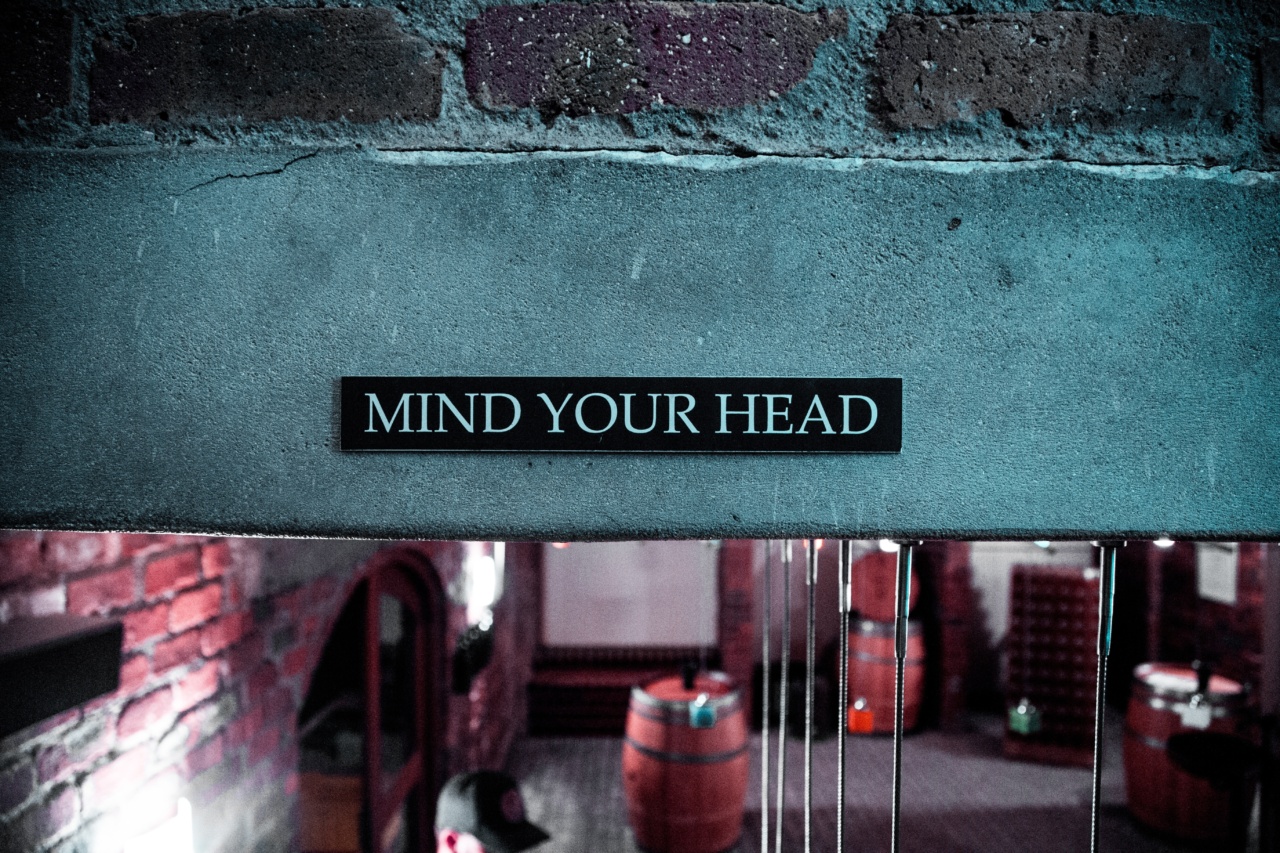Our legs are an integral part of our daily lives, carrying us through various activities and enabling us to move freely. However, we often overlook the vital role they play in indicating our overall health.
A closer look at our legs can uncover potential warning signs and provide valuable insights into our well-being. In this article, we will explore ten warning signs that your legs may reveal about your overall health.
1. Swollen Ankles
Swollen ankles are a common warning sign that something may be amiss in your health. This swelling, known as edema, can occur due to fluid retention caused by factors such as high blood pressure, kidney problems, or heart failure.
Additionally, it can also result from sitting or standing for extended periods, pregnancy, or certain medications. If you experience persistent ankle swelling, it’s essential to consult a healthcare professional to identify the underlying cause.
2. Spider Veins
Spider veins, also known as telangiectasias, are tiny, dilated blood vessels that appear on the skin’s surface. While they may not pose a severe health risk, they can indicate poor circulation or weakened vein valves.
Factors that contribute to spider veins include obesity, genetics, hormonal changes, and prolonged standing or sitting. Seeking medical advice can help determine the best course of treatment and prevent further complications.
3. Varicose Veins
Varicose veins are larger, twisted veins prominently visible under the skin. They often appear on the legs and are caused by weakened or damaged valves within the veins.
Varicose veins can be painful and may lead to more severe conditions like deep vein thrombosis. Factors contributing to the development of varicose veins include genetics, obesity, pregnancy, and prolonged standing or sitting. It is crucial to consult a healthcare professional for proper diagnosis and treatment options.
4. Pale or Blue Legs
If your legs often appear pale or blue, it could be a sign of poor circulation or inadequate oxygen supply. Pale or blue legs may be indicative of conditions such as peripheral artery disease (PAD) or Raynaud’s disease.
PAD occurs when there is a buildup of plaque in the arteries, restricting blood flow to the extremities. Raynaud’s disease causes blood vessels to narrow, resulting in reduced blood flow and discoloration. Seeking medical attention can help address the underlying cause and improve circulation.
5. Leg Ulcers
Leg ulcers are open sores that develop on the leg, often as a result of poor circulation or chronic venous insufficiency. These ulcers can be painful and may take a long time to heal.
Conditions such as diabetes or peripheral artery disease can increase the risk of developing leg ulcers. Consulting a healthcare professional is crucial to prevent infection, promote healing, and address any underlying conditions contributing to their formation.
6. Cold Feet
Having persistently cold feet can be a sign of poor blood circulation. Reduced blood flow to the extremities can cause feet to feel cold to the touch and may indicate underlying conditions such as peripheral artery disease.
Poor circulation can also result from conditions like diabetes or Raynaud’s disease. It is important to consult a healthcare professional if you consistently experience cold feet, as it may signal an underlying health issue.
7. Leg Cramps
Experiencing frequent leg cramps can be an indication of various underlying health issues. Conditions such as dehydration, mineral deficiencies, peripheral artery disease, or nerve damage can contribute to leg cramps.
Additionally, certain medications may also cause muscle cramps. If you frequently experience leg cramps, it is advisable to consult a healthcare professional for a proper diagnosis and appropriate treatment options.
8. Itchy or Dry Skin
Itchy or dry skin on the legs can indicate underlying issues such as poor circulation or skin conditions like eczema or dry skin syndrome. Reduced blood flow to the legs can lead to inadequate nourishment of the skin, causing dryness and itchiness.
Proper moisturization and lifestyle changes recommended by a healthcare professional can help alleviate these symptoms and improve skin health.
9. Hair Loss on Legs
The loss of hair on your legs can be a sign of poor circulation or peripheral artery disease. Inadequate blood flow to the legs can impede hair follicles’ ability to receive necessary nutrients, leading to hair loss.
Addressing the underlying circulation issues and seeking appropriate medical guidance can help manage this condition effectively.
10. Slow Wound Healing
If you notice that cuts, scratches, or other wounds on your legs are slow to heal, it could indicate compromised overall health. Factors contributing to slow wound healing include poor circulation, diabetes, and inadequate nutrition.
It is important to seek medical advice to ensure proper wound care, address any underlying conditions, and promote timely healing.
Our legs serve as an essential barometer for our overall health. Paying attention to warning signs can help us identify potential issues and seek timely medical advice.
Remember, prioritizing your leg health is essential for maintaining overall well-being.































